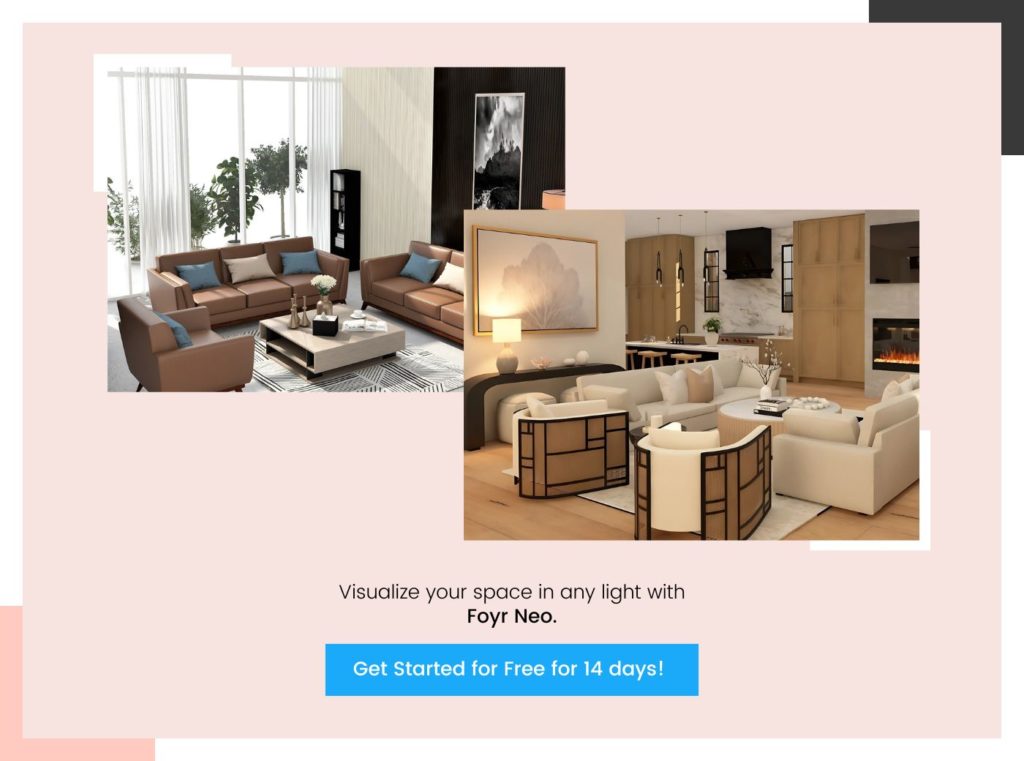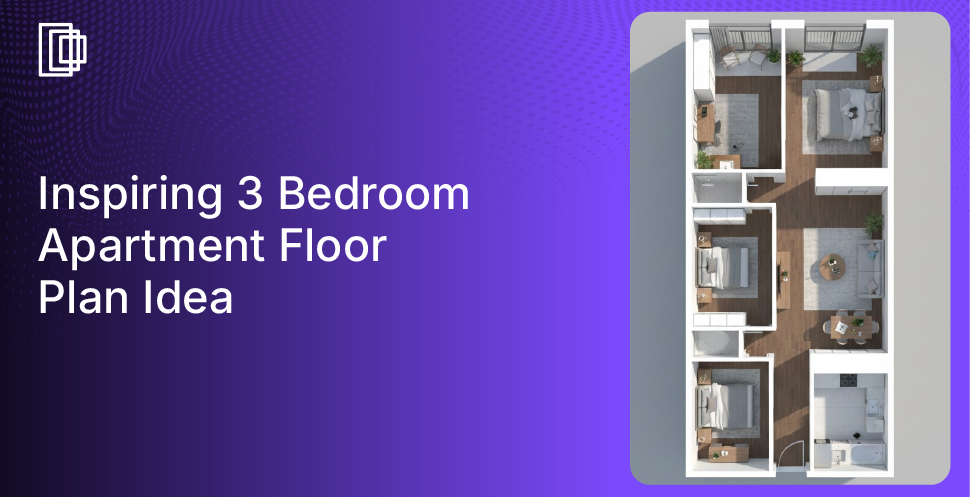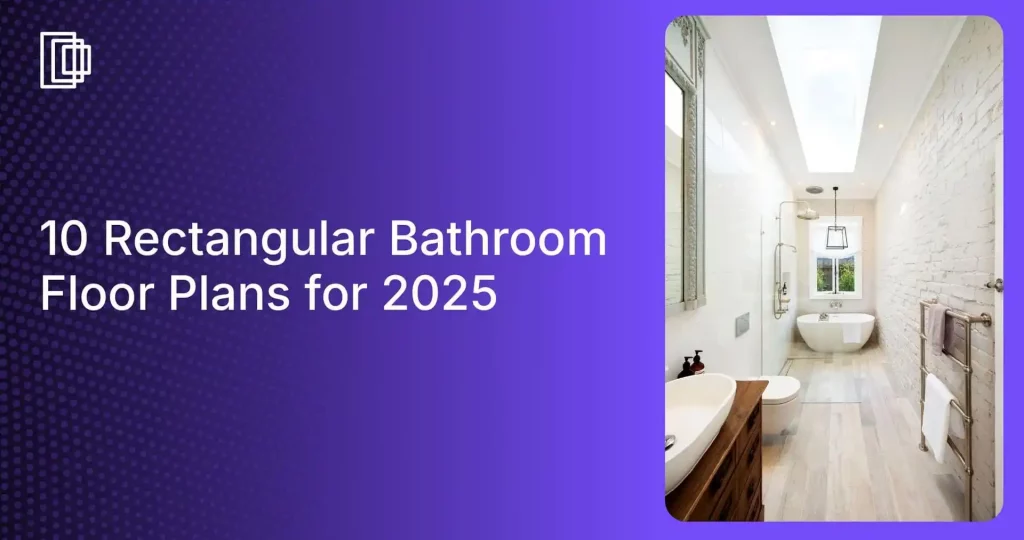Choosing the perfect paint color for your home is more than just picking a shade you love. Lighting plays a crucial role in how a color appears on your walls. This guide will help you understand how different lighting conditions can alter paint colors and how to make the best choice for your space.
Understanding Light and Color
Light is a form of energy that travels in waves, and different wavelengths correspond to different colors. When light hits a surface, certain wavelengths are absorbed while others are reflected. The colors we perceive are the wavelengths that are reflected back to our eyes.
The Science Behind Color Perception
- Natural Light: Varies throughout the day, affecting how colors appear.
- Artificial Light: Different bulbs emit different color temperatures, influencing paint colors.
What Effect Does Different Types of Lighting Have on Paint Colors?
1. Natural Light
a) North-Facing Rooms
- Characteristics: Receive cooler, indirect light.
Effect on Light Colors
- Light Colors: Can appear muted or subdued.
- Recommendation: Choose warmer light colors to balance the coolness.
Effect on Dark Colors
- Dark Colors: May look richer and more intense.
- Recommendation: Dark warm tones can add coziness.
b) South-Facing Rooms
- Characteristics: Abundant warm, direct sunlight throughout the day.
Effect on Light Colors
- Light Colors: Appear brighter and more vibrant.
- Recommendation: Cool light colors can prevent the room from feeling too warm.
Effect on Dark Colors
- Dark Colors: Can look more illuminated and less heavy.
- Recommendation: Dark cool tones work well to balance the warmth.
c) East-Facing Rooms
- Characteristics: Bright morning light and cooler light later in the day.
Effect on Light Colors
- Light Colors: Warm and bright in the morning; may cool down later.
- Recommendation: Use light warm colors to maximize morning light.
Effect on Dark Colors
- Dark Colors: May feel cooler and darker in the afternoon.
- Recommendation: Consider dark warm hues for consistency throughout the day.
d) West-Facing Rooms
- Characteristics: Cooler mornings; warm, intense light in the evening.
Effect on Light Colors
- Light Colors: Can appear dull in the morning; warm up in the evening.
- Recommendation: Light cool colors can balance evening warmth.
Effect on Dark Colors
- Dark Colors: May seem too intense in the evening light.
- Recommendation: Opt for softer dark tones to avoid overwhelming brightness.
2. Artificial Light
a) Incandescent Bulbs
- Color Temperature: Warm light with a yellowish hue.
Effect on Light Colors
- Light Colors: Warm tones are enhanced; cool light colors may look slightly warmer.
- Recommendation: Use with warm light colors for a cozy atmosphere.
Effect on Dark Colors
- Dark Colors: Warm dark tones become richer; cool dark tones may lose some depth.
- Recommendation: Pair with warm dark colors for added warmth.
b) Fluorescent Bulbs
- Color Temperature: Cooler light with a bluish tint.
Effect on Light Colors
- Light Colors: Cool light colors become crisper; warm light colors may appear washed out.
- Recommendation: Ideal for enhancing cool light colors.
Effect on Dark Colors
- Dark Colors: Cool dark tones are intensified; warm dark tones may seem dull.
- Recommendation: Best with cool dark colors for modern aesthetics.
c) LED Bulbs
- Color Temperature: Available in a range from warm to cool.
Effect on Light Colors
- Light Colors: Can be tailored to enhance either warm or cool light colors.
- Recommendation: Choose LED bulbs that match your paint’s undertone.
Effect on Dark Colors
- Dark Colors: Versatile; can highlight the depth of dark colors based on bulb choice.
- Recommendation: Select appropriate LED temperature to complement dark colors.
d) Halogen Bulbs
- Color Temperature: Bright white light, closest to natural daylight.
Effect on Light Colors
- Light Colors: Appear true to their actual shade.
- Recommendation: Great for showcasing the true color of light paints.
Effect on Dark Colors
- Dark Colors: Depth and richness are accurately represented.
- Recommendation: Ideal for displaying dark colors authentically.
 Table: Lighting Types and Their Effects on Colors
Table: Lighting Types and Their Effects on Colors
| Lighting Type | Color Temperature | Effect on Light Colors | Effect on Dark Colors |
| Natural Light | Varies by time and direction | – North-Facing: Light colors appear muted
– South-Facing: Light colors are brighter – East/West-Facing: Varies |
– North-Facing: Dark colors look richer
– South-Facing: Dark colors are illuminated – East/West: Varies |
| Incandescent Bulbs | Warm (2700K – 3000K) | Enhances warm light colors; cool light colors may warm up slightly | Warm dark colors become richer; cool dark colors may lose depth |
| Fluorescent Bulbs | Cool (4000K – 6500K) | Cool light colors become crisper; warm light colors may appear washed out | Intensifies cool dark colors; warm dark colors may seem dull |
| LED Bulbs | Warm to Cool (2700K – 6500K) | Can enhance both warm and cool light colors based on bulb choice | Highlights depth of dark colors depending on bulb temperature |
| Halogen Bulbs | Neutral (3000K – 3500K) | Light colors appear true to shade | Dark colors are accurately represented |
Color Temperature and Its Impact
- Warm Light (2700K – 3000K): Enhances reds, oranges, and yellows.
- Neutral Light (3500K – 4100K): Balances both warm and cool tones.
- Cool Light (5000K – 6500K): Accentuates blues and greens.
The Role of Sheen and Finish
Types of Paint Finishes
- Matte: Absorbs light, can make colors appear darker.
- Eggshell: Slight sheen, offers a balance between matte and satin.
- Satin: Reflects more light, colors may appear brighter.
- Semi-Gloss and Gloss: High reflectivity, enhances brightness and color intensity.
Tips for Choosing Paint Colors Based on Lighting
- Test Paint Samples: Apply samples on different walls to see how light affects them.
- Observe at Different Times: Check colors in the morning, afternoon, and evening.
- Consider Light Bulbs: Use bulbs that complement your desired paint color.
- Use Large Swatches: Larger samples give a better sense of how the color will look.
- Consult Professionals: Interior designers or paint experts can provide valuable insights.
Common Mistakes to Avoid
- Ignoring Lighting Conditions: Always consider both natural and artificial light.
- Relying on Small Paint Chips: Small samples may not accurately represent the color.
- Not Testing in Your Space: Colors can look different in the store than at home.
 Conclusion
Conclusion
Lighting dramatically influences how paint colors appear in your home. With Foyr’s advanced design tools, you can easily visualize the effects of different lighting conditions and test colors thoroughly, helping you choose the perfect shade that complements your space throughout the day.


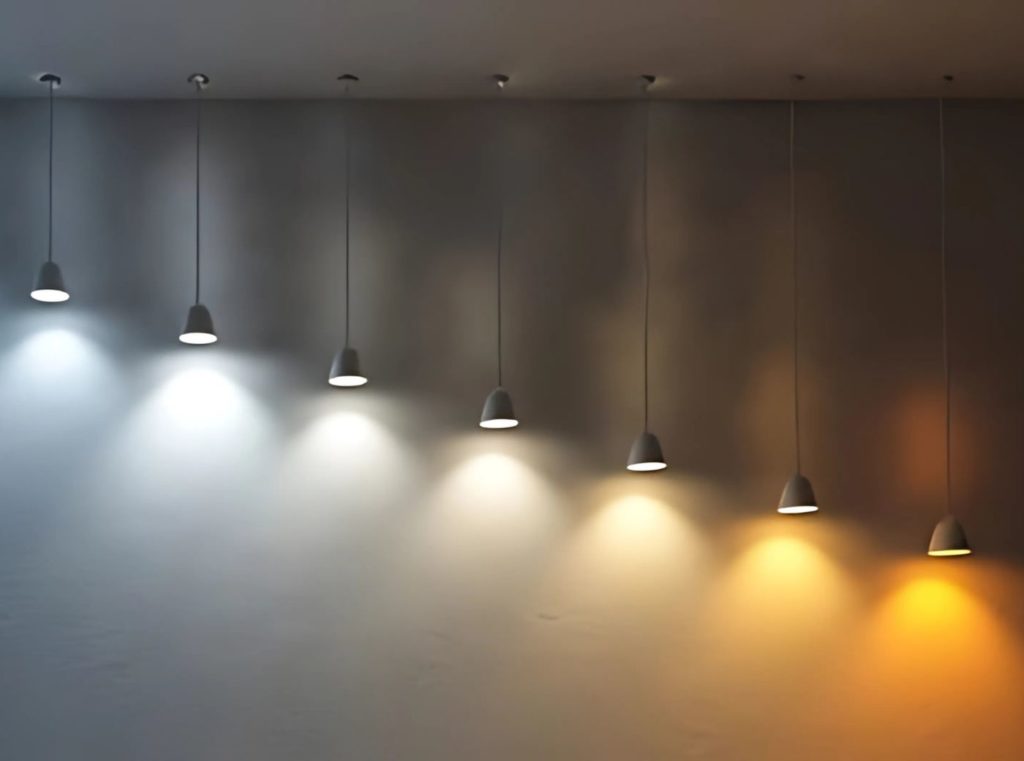
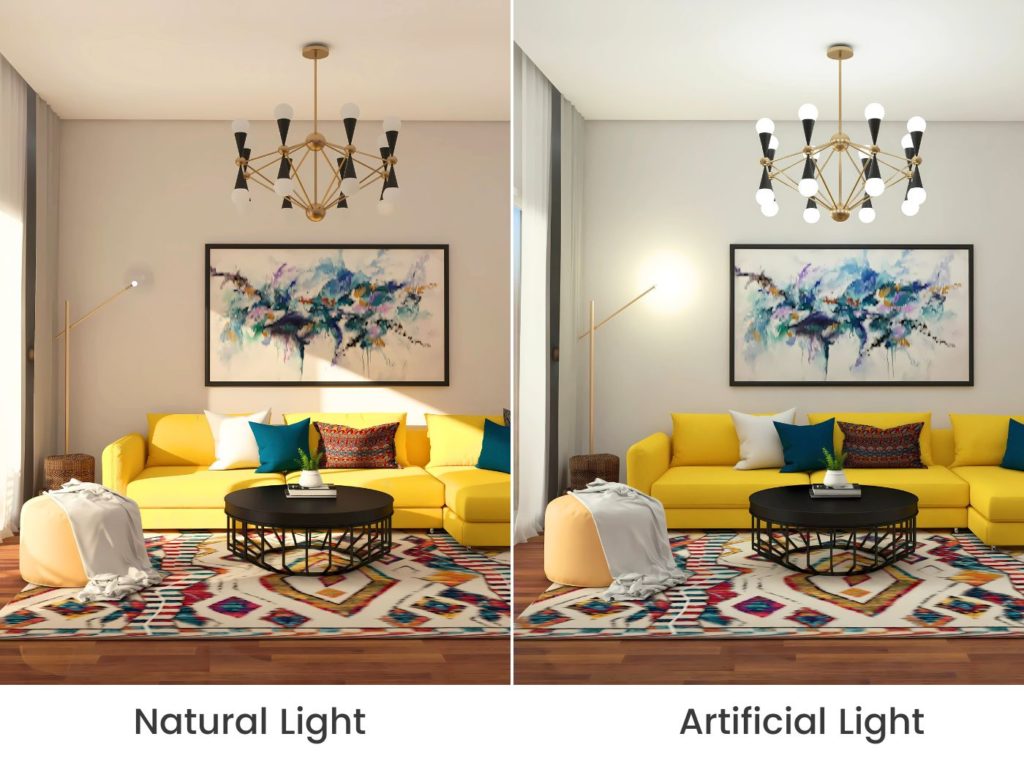 Table: Lighting Types and Their Effects on Colors
Table: Lighting Types and Their Effects on Colors